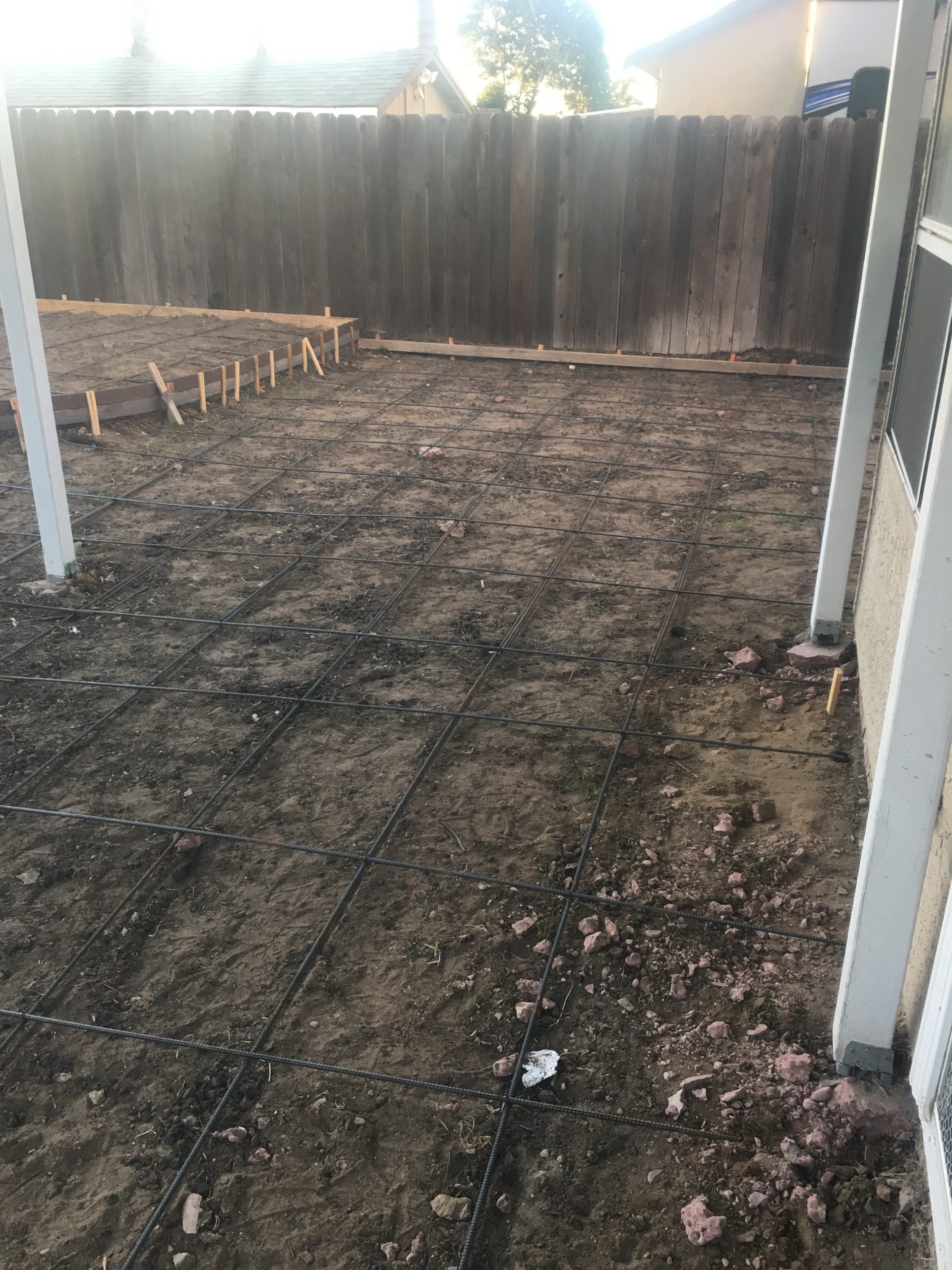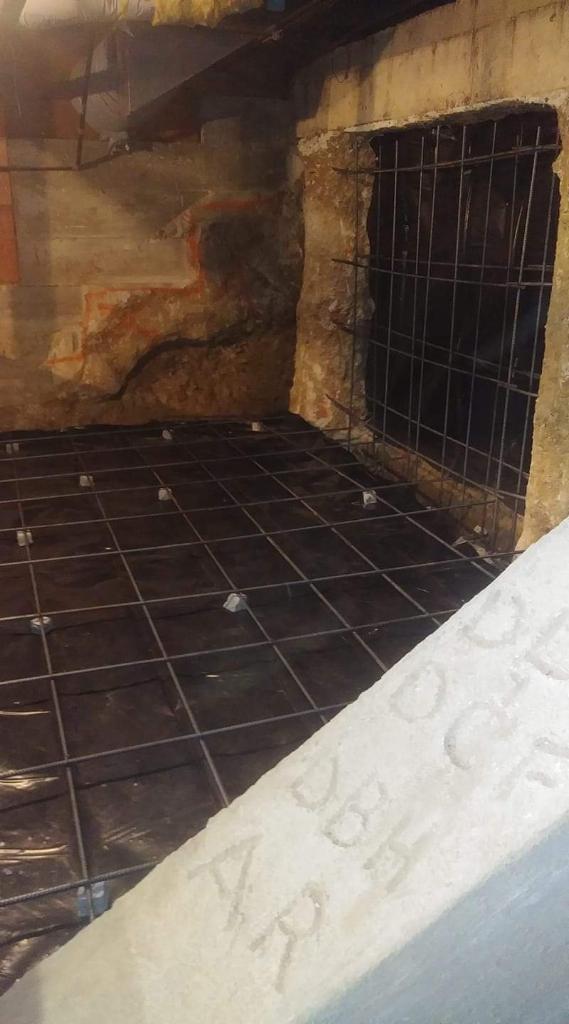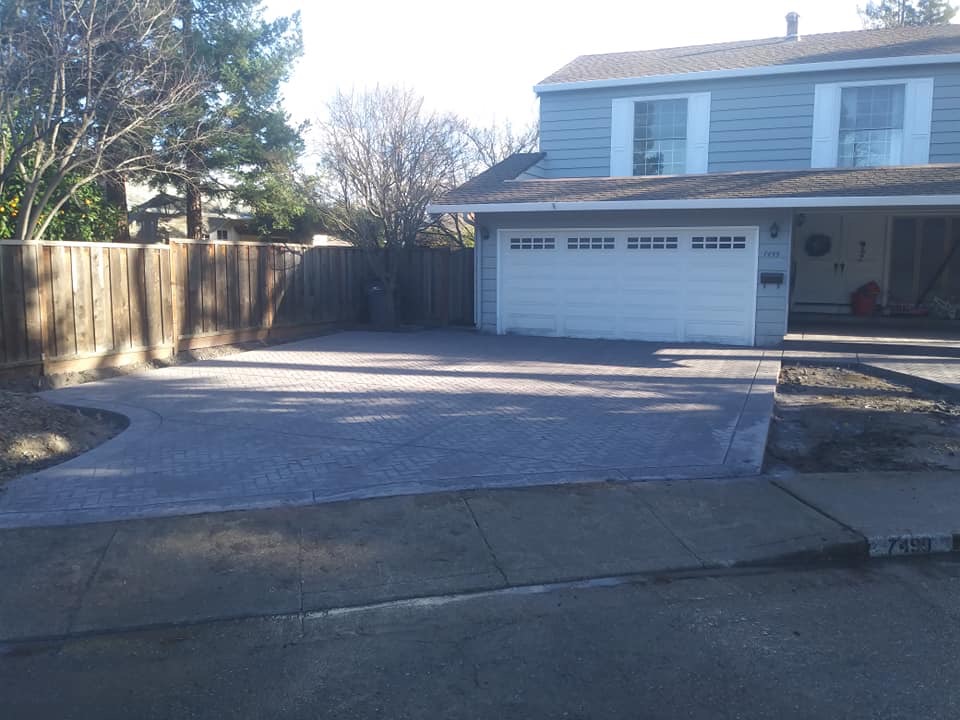3 Types of Concrete Foundations
Below are helpful information for understanding concrete foundations:
Slab-on-grade foundation
The base of a house or building is essential to the structure’s integrity and protection. Development needs to be performed correctly in terms of the type of base being built, preventing settlement problems and properly preparing the subgrade through the final stages of curing. Each base building process has the required specifications and components on which a structure depends.
Using these links as a guide to learn more about the design, repair, and waterproofing of home foundations and building foundations.
CONCRETE FOOTING FUNDAMENTALS
Footings are a big part of foundation construction. They are usually constructed of rebar-reinforced concrete that has been poured into an excavated trench. Footings are meant to protect the base and to discourage settlement. Footings are especially relevant in areas with poor soils.
The design of footings is best left to the experts who can determine the conditions of the soil and agree on the appropriate depth and width for the footings as well as the correct positioning. Also, the dimensions of the footings depend on the size and form of structure to be built. Placing the footings is essential for providing the base and eventually the structure with the proper support.
Concrete footings may also be needed for projects such as a roof, pergola, wall retention or other building forms.
Using these realistic guidelines will ensure solid footings if you know the soil bearing ability.
THREE TYPES OF CONCRETE FOUNDATIONS
T-Shaped
A typical way of underpinning a structure in an area where the ground is freezing. A foundation is placed underneath the frost line and the walls are then applied to the rim. The footing at the base of the foundation is wider than the wall, providing extra protection. A T-shaped base is placed and permitted to heal; second, the walls are built; and finally, the concrete is poured between the walls.
In summary:
- T-shaped foundations are used in areas where the ground freezes.
- First, the footing is placed.
- Second, the walls are constructed and poured.
- Lastly, the slab is placed.
Slab-on-grade foundation
A slab, as the name implies, is a continuous layer of concrete, several inches thick. The concrete is poured thicker at the bottom, creating an integral footing; the thickened layer is reinforced by reinforcing rods. For boost drainage, the slab usually lies on a crushed gravel bed. Casting a loop of wire into the concrete eliminates the risk of cracking. For places where the ground does not freeze, a grade slab is ideal but it can also be fitted with insulation to keep it from being damaged by the frost heaves.
In summary:
- Slab on grade used in areas where the ground does not freeze.
- The edges of the slab-on-grade are thicker than the interior of the slab.
- The slab-on-grade is monolithic (poured all at one time).
Frost Protected
This approach works only with a system heated up. It relies on the use of two sheets of solid, polystyrene insulation— one on the outside of the foundation wall and the other laid flat on a gravel bed at the base of the wall— to avoid freezing, which is an issue with slab-on-grade foundations in frost-filled areas. The insulation retains under the bases heat from the structure in the ground and avoids loss of heat from the bottom of the slab. This heat holds the ground temperature above zero at the footings.
In summary:
- It only works with a heated structure.
- Has the benefits of the slab-on-grade method (concrete poured monolithically) in areas subject to frost.
- Concrete is poured in one operation, versus 3 pours required for T-shaped foundations.



Need a Second Opinion on Your Concrete Foundation?
We’re here to fix your home’s foundation, no matter what problem may exist. We have the specialized equipment, services and professional experience that you need to make permanent improvements to your building’s foundation. To get you started on the right foot, we would be happy to give you a free quote for the repair of the foundation. When you reach out by phone or email we will have one of our foundation experts answer any questions you have and explain how we can restore integrity and structural stability to your home or company building permanently. Successful concrete projects require careful planning and thorough preparation. Spaulding Concrete reviews the site and designs to ensure that the concrete and base structure follows the criteria for the planned use and that the layout and finishes are suitable for the project. The qualified concrete experts at Spaulding Concrete will be on schedule, on budget and meet or exceed standards by careful planning, professional execution, and strict quality control.
To schedule your free quote, call or email us today! We are proud to serve Orinda, Lafayette, Moraga, Pleasant Hill, Concord, Martinez, Pittsburg, Antioch, Brentwood and the surrounding areas.
This page is happily provided by Internet Marketing Agency Magnified Media.
